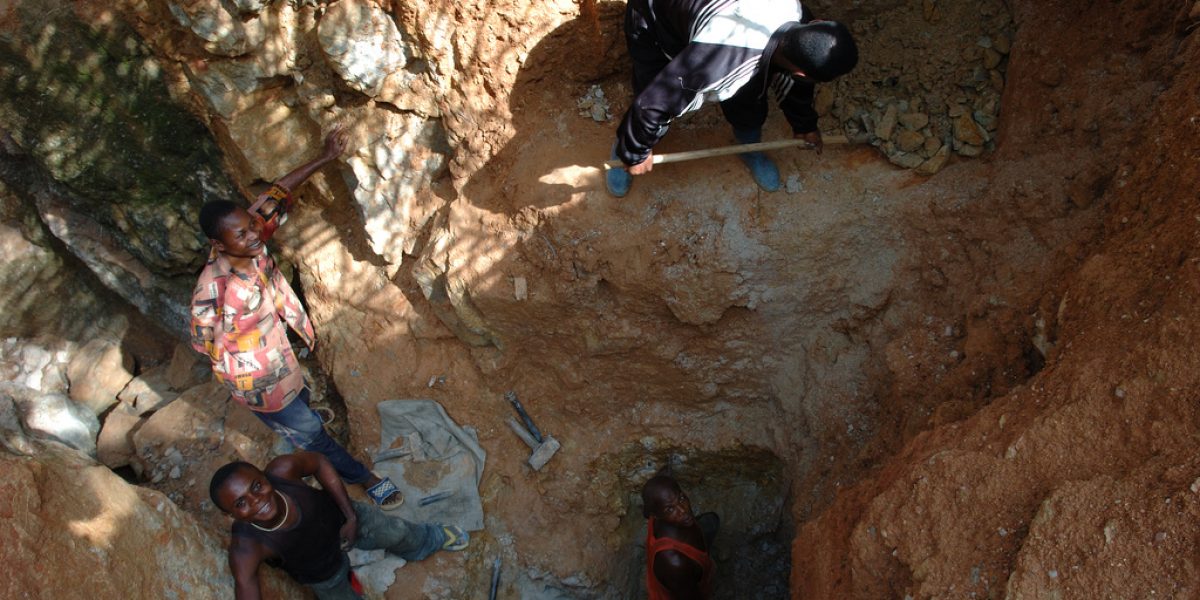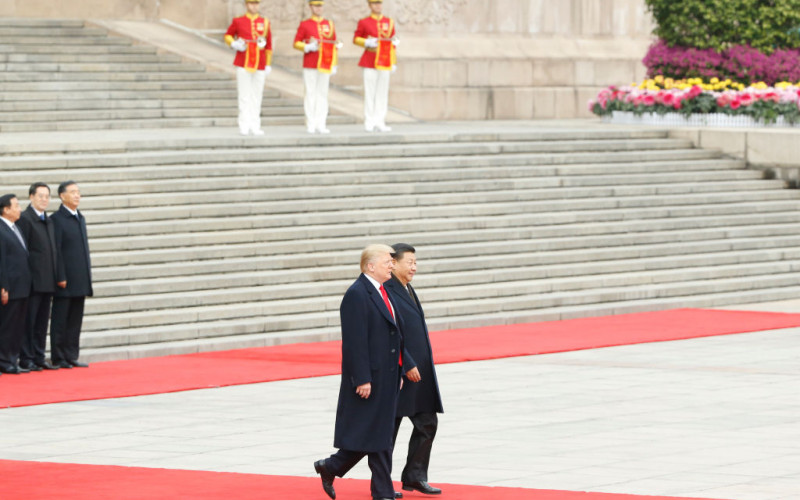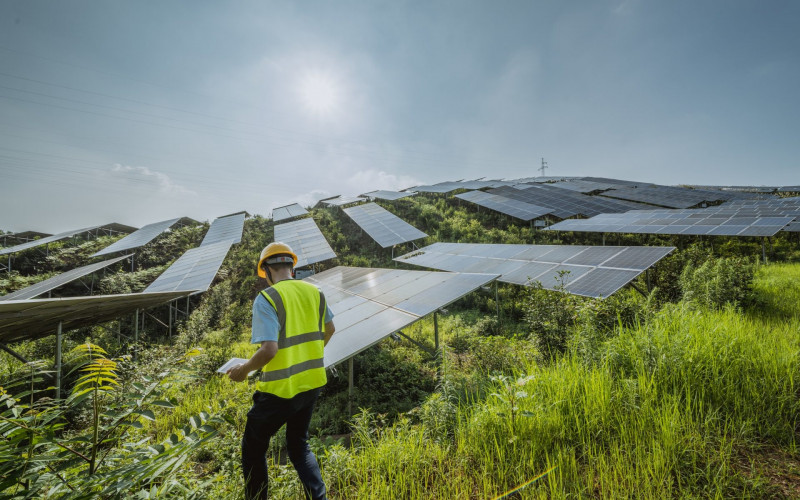The paper investigates the drivers behind the original conception of the agreement, outlines the structure of the contract, analyses the dynamics at play during the 2007–2009 agreement negotiations, and assesses whether the agreement in its renegotiated and final form is a ‘good deal’ for the DRC. It argues that the Sicomines episode represents both change and continuity in the DRC’s international relations. Change, since it reflects how the power configurations of the global political economy have shifted, and that China’s position as a foreign policy actor is now consolidated. Continuity, since the 2009 amendment of the agreement, which came about partly as a result of China’s ambitions to take up an active role in the International Monetary Fund (IMF), was to the benefit of the policy preferences of the IMF and the World Bank.
This case thus indicates that since China’s own aspirations are changeable, its emergence as an alternative development partner may not bring about any substantive change of direction for the DRC’s international relations. Furthermore, the investment into the DRC’s mining sector is in itself beneficial for the country, and the renegotiation of the agreement was positive in the sense that the Congolese state guarantee for the mining component was removed. However, the question of whether the Sicomines agreement is a good deal for the DRC will remain unanswered until the infrastructure projects have been delivered. The importance of the Congolese Agency for Public Works’ task to price each project and ensure that monitoring is conducted properly can therefore not be overestimated.








